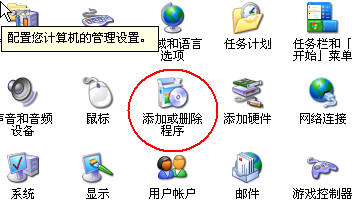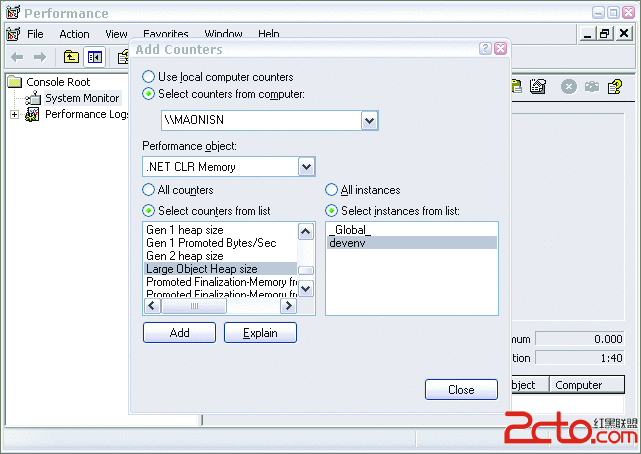答案:Overview:
The Server Object has seven (7) Methods, one (1) Property, zero (0) Events, and zero (0) Collections.
List of Methods:
| CreateObject( ) | Server.CreateObject("ADODB.Recordset") Create an instance of an Object |
| Execute( ) | Server.Execute("fileName.asp") Executes an outside file (effect is similar to SSI) |
| GetLastError( ) | Server.GetLastError() Returns location and description of the last ASP error |
| HTMLEncode( ) | Server.HTMLEncode("some String") Encodes string to HTML characters |
| MapPath( ) | Server.MapPath("\\virtualFolder") Converts virtual path to physical path |
| Transfer( ) | Server.Transfer("fileName.asp") Transfers execution out of one page and into another |
| URLEncode( ) | Server.URLEncode("some String") Encodes string to URL standards |
Below is the script for Lesson 14.
<%@LANGUAGE="JavaScript"%>
<HTML>
<BODY>
<%=Server.URLEncode("Hello, this string is URL Encoded!")%>
<BR><BR>
Now let's see a reprint of Script14a.asp.
I did not type it manually. Instead, I let
Server.CreateObject( ) do all the work.<BR>
<STRONG>
<%
Server.ScriptTimeout=10
var ASPScriptObject = Server.CreateObject("Scripting.FileSystemObject");
var myPath=Server.MapPath("\\") + "\\Section04\\script14a.asp"
var AspScript = ASPScriptObject.OpenTextFile(myPath);
var outputScript="";
while(!AspScript.AtEndOfStream)
{
outputScript += AspScript.ReadLine() + "\r";
}
outputScript = new String(outputScript);
outputScript=Server.HTMLEncode(outputScript)
AspScript.Close();
outputScript = "<PRE>" + outputScript + "</PRE>";
Response.Write(outputScript)
%>
</STRONG>
</BODY>
</HTML>
Click Here to run the script in a new window.
I demonstrated four methods in the script14.asp. We'll take them from top to bottom.
Explaining the Script:
Server.URLEncode() does exactly what you think it does. It takes a string and encodes it to RFC 1738 standards. That's more than you ever wanted to know about Server.URLEncode(), isn't it?
Next we have Server.CreateObject(). In this case I created an instance of the FileSystem Object. The most common objects that you will instanciate are ADODB.Recordset, Scripting.FileSystemObject, Scripting.Dictionary, MSWC.AdRotator, MSWC.BrowserType, MSWC.NextLink, and MSWC.ContentRotator. There are many good resources on all of these created Objects. Most of them are beyond the scope of this web site.
Next on the list is Server.MapPath(). Looking back at script14.asp, do you see the double slashes (\\) in the MapPath argument? That's not an accident. We have to use escape characters in JavaScript.
The last Method I demonstrate is Server.HTMLEncode(). It converts HTML flags into non-HTML equivalents.
The Lone Property:
Server has one property: ScriptTimeout. It sets the maximum number of seconds allowable for script execution. If the script execution exceeds that time, then it times out. The user gets an ugly message but at least the Web Server can quit executing your darned greedy script and go about other business.
- 更多asp疑问解答:
- asp正则过滤重复字符串的代码
- 用asp过滤全部html但保留br类似的符号
- 会asp,但感觉asp要过点,想学php。但我一般做的都是小公司的站,用access数
- PHP的空间可以用ASP的源代码吗?
- 以前做asp程序,现在应该怎样发展?是学.net还是php
- 以前做asp程序,现在应该怎样发展?是学.net还是php
- 想做一个市级的人才网acess,sql数据库,语言asp,jsp,php分别用哪种好
- jsp,asp,php 区别
- 我想找一个有比较多漏洞的网站的源码,比如可以asp,php注入等都可以。供学习研究用。请提供下载地址。。
- 现在候找人做个网站,用ASP,还是PHP语言去做好
- asp,php ,jsp,.net 对于做网站前台的重要吗?
- asp和php的区别是什么?
- 我是新手SEO菜鸟 请问wp dw php asp cms myspl dede 这些软件应该如何区分呀?
- 网页制作相关的三种语言:ASP JSP PHP那个好点,简单点?
- 网页制作相关的三种语言:ASP JSP PHP那个好点,简单点?





